Introduction
Introducing solid foods to your baby is a significant milestone in their early development. Among the first foods recommended by pediatricians, steamed egg custard stands out as a gentle, nutrient-dense option that is easy to digest and loved by little ones. This silky-smooth dish, often referred to as “baby egg pudding” or “Chinese-style steamed egg,” combines the goodness of eggs with the simplicity of preparation, making it a staple in many households. Beyond its delightful texture, this recipe offers a rich source of protein, essential vitamins, and healthy fats, all while being incredibly versatile to suit your baby’s taste preferences and dietary needs. Whether you’re a first-time parent or a seasoned caregiver, mastering the art of steamed egg custard will equip you with a reliable meal that supports your baby’s growth and curiosity for new flavors.
Why Steamed Egg Custard?
Eggs are a nutritional powerhouse, packed with high-quality protein, choline (crucial for brain development), and vitamins A, D, and B12. When prepared as a steamed custard, the eggs transform into a soft, spoonable consistency that minimizes choking risks, making it ideal for babies transitioning to solids. Unlike fried or scrambled eggs, steaming preserves the delicate nutrients without adding excess fats or oils. Additionally, the mild flavor of egg custard serves as a blank canvas, allowing you to incorporate subtle flavors from vegetables, herbs, or even breast milk to expand your baby’s palate.

Ingredients You’ll Need
The beauty of this recipe lies in its simplicity. You’ll require only a handful of ingredients, most of which are likely already in your kitchen:
- 2 large eggs: Fresh, organic eggs are preferable to minimize exposure to antibiotics or hormones.
- 1/2 to 3/4 cup of liquid: Water is the standard choice, but you can substitute with breast milk, formula, or vegetable broth for added nutrients.
- Optional additions:
- 1–2 tablespoons of pureed vegetables (e.g., spinach, carrots, sweet potato).
- A pinch of dried herbs (e.g., dill, parsley, or chives) for flavor.
- A drop of sesame oil or olive oil (for babies over 6 months).
Equipment Checklist
To ensure a flawless outcome, gather the following tools before you begin:
- A steamer basket or a pot with a tight-fitting lid: This creates the gentle, moist heat necessary for steaming.
- A heat-resistant glass or ceramic bowl: Avoid plastic, as it may leach chemicals when heated.
- A whisk or fork: For blending the eggs and liquid smoothly.
- A fine-mesh strainer: Essential for removing air bubbles and lumps, ensuring a silken texture.
- Kitchen towel or oven mitts: To safely handle hot bowls or lids.
Step-by-Step Preparation
Preparing the Eggs
Start by cracking the eggs into a medium-sized bowl. Discard any shells that fall into the mixture. Using a whisk or fork, gently beat the eggs until the yolks and whites are fully combined. Avoid over-whisking, as this can introduce excess air, leading to a蜂窝-like (honeycomb) texture instead of a smooth custard.
Adding Liquid
The ratio of eggs to liquid is critical for achieving the perfect consistency. For a firm yet creamy custard, use a 1:1 ratio (e.g., 2 eggs to 1/2 cup liquid). For a softer texture suitable for younger babies, increase the liquid to a 1:1.5 ratio. Pour the liquid of your choice into the beaten eggs and stir gently. If using breast milk or formula, warm it slightly to body temperature before mixing to prevent curdling.
Straining the Mixture
Pass the egg-liquid mixture through a fine-mesh strainer into a clean bowl. This step removes undissolved egg strands, chalazae (the white cord-like structures), and any air bubbles that could cause uneven cooking. Straining is non-negotiable for a velvety finish.
Skimming Foam (Optional)
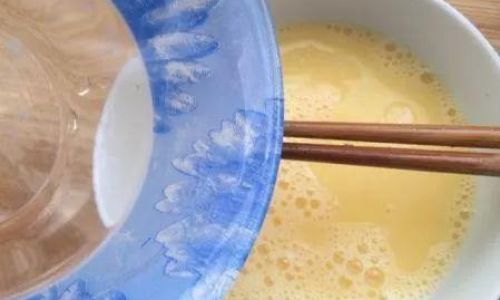
After straining, you may notice a thin layer of foam on the surface. Use a spoon to gently skim this off. While not mandatory, removing the foam prevents tiny air pockets from forming on the custard’s surface.
Preparing the Steamer
Fill your steamer pot or a large saucepan with about 2 inches of water. Bring it to a rolling boil over medium-high heat, then reduce the heat to maintain a gentle simmer. If using a bamboo steamer, line it with parchment paper to prevent sticking.
Cooking the Custard
Place the bowl of egg mixture into the steamer basket or directly into the pot, ensuring the water level does not touch the bowl (this could cause uneven cooking). Cover the pot with a lid, leaving it slightly ajar to allow steam to escape gradually. Steam for 10–15 minutes. The cooking time may vary depending on your stove’s heat and the bowl’s thickness. To check for doneness, gently shake the bowl—the custard should be firm but slightly jiggly in the center, like set Jell-O.
Resting Period
Once cooked, remove the bowl from the steamer using oven mitts. Let it rest for 5 minutes to allow the residual heat to finish cooking the center without overdoing it. This resting phase also makes the custard easier to unmold if you plan to serve it in a different dish.
Serving and Storage
Serve the custard warm or at room temperature. For younger babies, mash it lightly with a fork to eliminate any lumps. For older infants, cut it into bite-sized strips to encourage self-feeding. Leftovers can be stored in an airtight container in the refrigerator for up to 2 days. Reheat gently in a steamer or microwave (on low power) to preserve texture.
Customization Ideas
One of the joys of steamed egg custard is its adaptability. Here are creative ways to elevate the recipe:
- Vegetable Infusions: Fold in 1–2 tablespoons of pureed pumpkin, broccoli, or zucchini before steaming. These additions boost fiber and vitamin intake while adding a hint of natural sweetness.
- Protein Boost: For babies over 10 months, mix in finely minced cooked chicken, salmon, or tofu for added protein and omega-3s.
- Herbaceous Twists: Introduce subtle flavors with a pinch of dried basil, thyme, or a sprinkle of nutritional yeast for a cheesy kick.
- Fruit Surprises: For dessert-like variations, blend a teaspoon of mashed banana or stewed apple into the egg mixture before cooking.
Safety First: Allergen Awareness
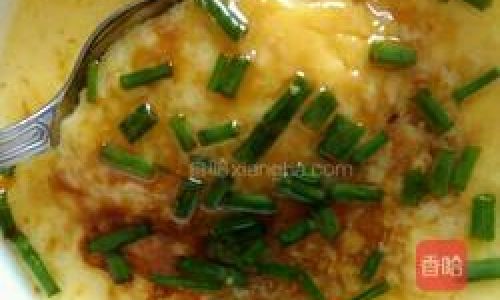
Eggs are among the top allergenic foods for infants. The American Academy of Pediatrics recommends introducing eggs around 6 months of age but advises caution. Always observe your baby for signs of an allergic reaction, such as hives, vomiting, or difficulty breathing, during and after the first feeding. If allergies run in your family, consult your pediatrician before proceeding.
Troubleshooting Common Issues
- Rubbery Texture: Overcooking is the primary culprit. Reduce steaming time by 2–3 minutes and ensure the water is simmering, not boiling.
- Lumpy Consistency: Inadequate straining or uneven whisking causes lumps. Always strain the mixture twice if needed.
- Bubbly Surface: Air bubbles trapped during mixing rise to the top. Let the mixture sit for 5 minutes after straining to allow bubbles to dissipate, or use a kitchen torch to burst them gently.
- Watery Custard: Too much liquid or insufficient cooking time. Stick to the 1:1 to 1:1.5 ratio and test for doneness with a toothpick—it should come out clean.
Nutritional Breakdown
A typical serving (1/2 cup) of steamed egg custard provides:
- Calories: 70–90 kcal
- Protein: 6–8g (supports muscle and brain development)
- Vitamin A: 10% DV (from eggs and added vegetables, aids vision and immunity)
- Choline: 150mg (critical for cognitive function)
- Healthy Fats: 5g (from egg yolks, essential for neural development)
Beyond the Basics: Advanced Techniques
For caregivers seeking to expand their repertoire, consider these gourmet twists:
- Double Boiler Method: If you lack a steamer, place the egg bowl in a larger pot filled with simmering water (bain-marie style). Cover with a lid and cook for 12–15 minutes.
- Savory Broth Base: Replace water with low-sodium vegetable or chicken broth for an umami-rich custard.
- Silken Texture Hack: Add 1/4 teaspoon of cornstarch to the egg mixture before steaming for an extra-smooth finish.
Cultural Context: Steamed Egg Custard Around the World
While this recipe is a beloved Asian classic, similar preparations exist globally. In France, œuf cocotte features baked eggs with cream, while in Mexico, huevos al vapor are steamed with salsa. Regardless of its name, the principle remains the same: gentle heat transforms simple ingredients into a nourishing delight.
Conclusion
Steamed egg custard is more than just a meal—it’s a gateway to culinary exploration for your baby. By mastering this recipe, you’re not only providing wholesome nutrition but also laying the foundation for a lifetime of healthy eating habits. Experiment with flavors, textures, and presentations to keep meals exciting, and always prioritize safety by adhering to hygiene and allergy guidelines. With patience and creativity, this humble dish will become a cherished part of your baby’s food journey. Bon appétit, little one!
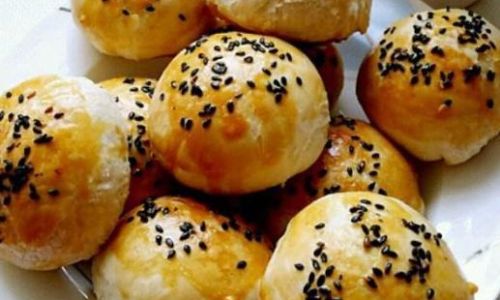
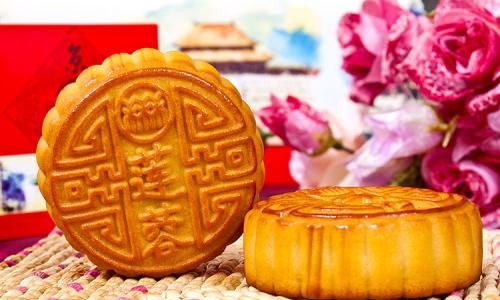

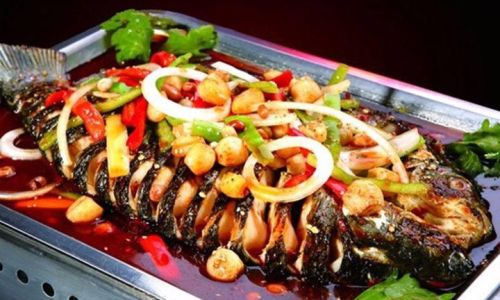

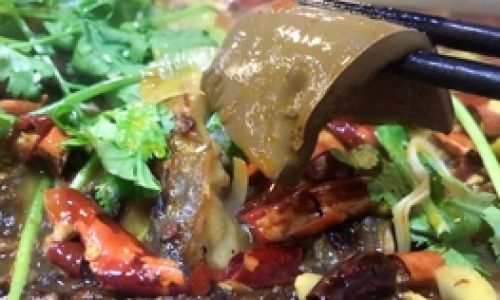
0 comments